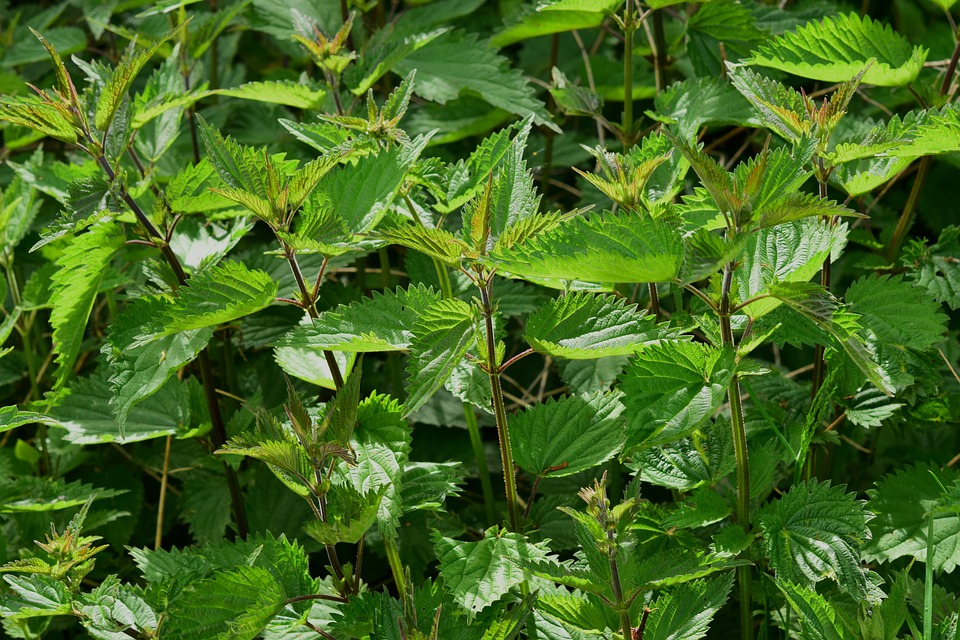Spring foraging – fresh food for free!
,
by David Walsh, Cumbernauld Living Landscape Project Officer
As winter drifts away and spring emerges, we start to see an abundance of wildflowers back in bloom. Over the past year it has brought a particular sense of excitement for me. This is due to my new hobby: foraging!
Foraging is often viewed as a bit scary. None of these plants have labels. How do we know if we can eat them? What are there sell-by dates? What are the best parts to eat?!
As always with Cumbernauld Living Landscape when it comes to foraging, we recommend research and always to follow the key rules:
- If you do not know what a plant is 100%, do NOT pick it.
- For any larger-scale foraging – always ask the landowner’s permission.
- Leave plenty behind for the animals.
- Leave rare species alone.
- Take no more than you mean to consume.
- Do not pick from the side of busy roads – pollutants can get into otherwise edible plants making them unsafe to eat.
So what plants should you look for first? There are some easy to identify ones right under our noses!
Nettles are a favourite. They are easy to identify and particularly tasty! They should be used in a similar vein to spinach and cabbage. Ideally you should use the top 4-6 leaves of the plant (these are particularly juicy). Take the leaves off the tough stems, and to remove the stinging hairs, wilt or boil them. Now inert, they can be made into lovely soups! Nettle and potato soup is a favourite of mine.

Cleavers is another plant that is often unloved in our countryside. Colloquially known as “sticky willies” the plants attach themselves to our clothes using miniature hooks. But did you know that this plant is related to coffee? It is Britain’s most effective substitute for this beloved caffeinated beverage. Remove the seeds from the plant once they have browned later in the year (they are small, fuzzy and will most likely be sticking to you!). Roast them in an oven and then grind them up. Hey presto you have an alternative to coffee! The fresh green tops of the plant can also be used in stews and pies if picked before the seeds appear.

Another favourite recipe of mine is gorse flower ice cream. The bright yellow flowers of this spikey plant smell and taste like coconut. Collecting a few cups of these flowers and adding it to an ice cream recipe can bring out some evocative flavours. Yum!

We recommend this guide as a jumping off point. Research these plants – look for their identifying features, such as how are the leaves set out on the stem, what do their flowers look like, can they be confused with other plants? Do these plants set off any allergies? If you are not 100% sure that you know what the plant is – do not pick it! If you are having difficulty you can get in contact us at Cumbernauld Living Landscape for help. You can find our contact details at https://cumbernauldlivinglandscape.org.uk/
